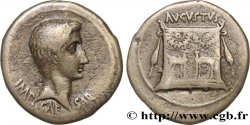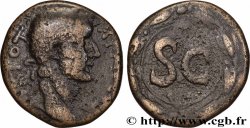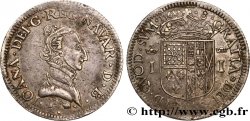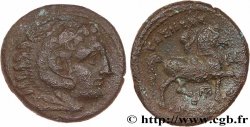bpv_543801 - AUGUSTUS Assarion
Not available.
Item sold on our e-shop (2020)
Price : 100.00 €
Item sold on our e-shop (2020)
Price : 100.00 €
Type : Assarion
Date: c. 42 AC.
Mint name / Town : Philippes, Macédoine
Metal : copper
Diameter : 17 mm
Orientation dies : 12 h.
Weight : 4,09 g.
Coments on the condition:
Exemplaire sur un flan bien centré à l’usure régulière. Patine vert foncé
Catalogue references :
Predigree :
Exemplaire provenant de la collection J-P T
Obverse
Obverse legend : AVG.
Obverse description : Tête nue d’Auguste à droite (O°).
Obverse translation : “Augustus”, (Auguste).
Reverse
Reverse legend : ANÉPIGRAPHE.
Reverse description : Deux augures derrière un bige de bœufs (rite de fondation).
Commentary
Ce type est attribué à la Macédoine pour la colonie de Philippes fondée en 42 avant J.-C. par Marc Antoine après la victoire du parti césarien (Octave et Antoine) contre les forces républicaines de Cassius et de Brutus. Le revers rappelle le rite de fondation de la colonie avec le tracé effectué par les prêtres à l’image de Rome. La colonie fut refondée par Octave en 30 avant J.-C. (Colonia Augusta Iulia Philippensis). L’attribution de notre type est possible, mais pas certain !.
This type is attributed to Macedonia for the colony of Philippi founded in 42 BC by Marc Antony after the victory of the Caesarian party (Octavian and Antony) against the republican forces of Cassius and Brutus. The reverse recalls the founding rite of the colony with the tracing carried out by the priests in the image of Rome. The colony was refounded by Octavian in 30 BC (Colonia Augusta Iulia Philippensis). The attribution of our type is possible, but not certain!
This type is attributed to Macedonia for the colony of Philippi founded in 42 BC by Marc Antony after the victory of the Caesarian party (Octavian and Antony) against the republican forces of Cassius and Brutus. The reverse recalls the founding rite of the colony with the tracing carried out by the priests in the image of Rome. The colony was refounded by Octavian in 30 BC (Colonia Augusta Iulia Philippensis). The attribution of our type is possible, but not certain!







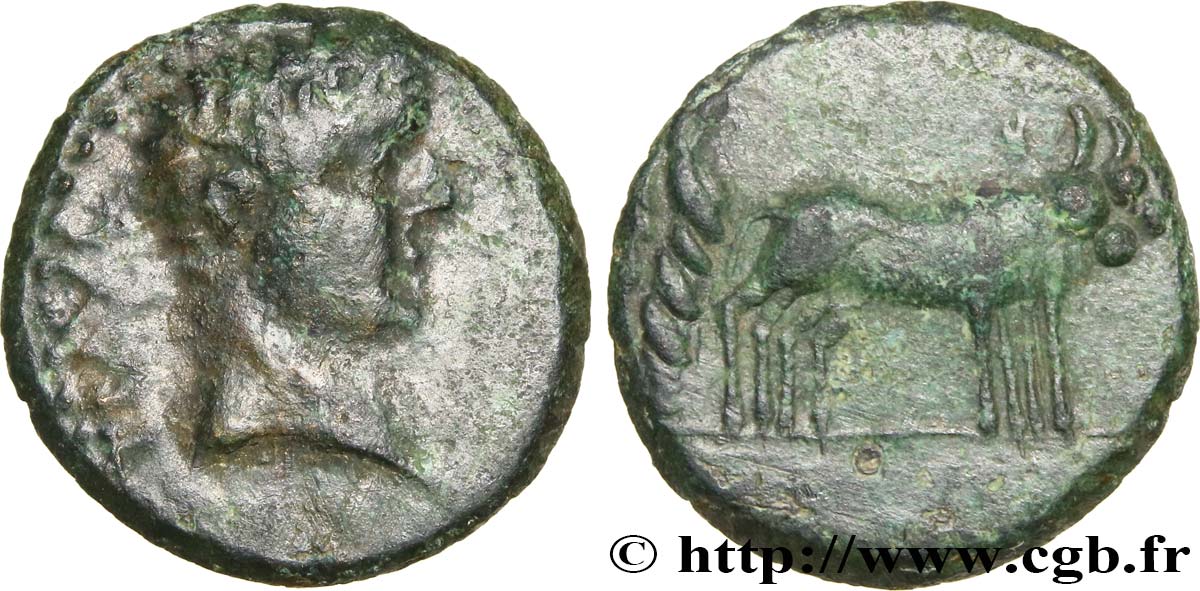
 Report a mistake
Report a mistake Print the page
Print the page Share my selection
Share my selection Ask a question
Ask a question Consign / sell
Consign / sell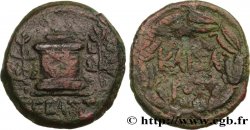
 Full data
Full data
